featured image cutaway drawing: http://liberatorlog.blogspot.com/2014/09/70-years-ago.html
http://scale-model-aircraft.com/plans-drawings/interwar-aviation/consolidated-b-24-liberator
TO BE FINISHED…….
featured image cutaway drawing: http://liberatorlog.blogspot.com/2014/09/70-years-ago.html
http://scale-model-aircraft.com/plans-drawings/interwar-aviation/consolidated-b-24-liberator
TO BE FINISHED…….
click to see pdf file of Davis patent

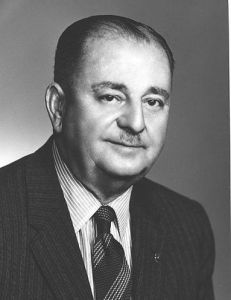

In 1937 the well known first licensed pilot of America, Walter Brookins, introduced our inventor David Davis to Reuben Fleet, the founder/owner of the Consolidated Aircraft Corporation in San Diego, California.
Consolidated was a well established manufacturer of long range flying boats for the American Navy, such as the PBY-Catalina and PB2Y-Coronado. The engineering department under Isaac ‘Mac’ Laddon was working at that time on a successor for the Catalina, which would be called (until the intended procurement by the Navy), the Model 31 Corregidor. There were also negotiations going on regarding production licenses for the Boeing B-17, the heavy four-engined Army Air Corps bomber.
Enter Davis, introduced by Brookins to the top of the firm as a technical wizard with special interest in long range flight. For the last several years he had been working on wing design, with special attention to the cross sectional shapes of wings. He claimed to have developed better wings than NACA, the official federal aviation research authority. To prove it he presented his hosts with his Patent 1,942,688 “FLUID FOIL” of Jan.9.1934.
The Consolidated executives received their guests politely and, after the introduction, proceeded to look somewhat bewildered at the presented patent. It showed numerous unwieldy pairs of formulas apparently describing the form of the upper surface of a wing section (suction side) and of the under surface of the same wing section (pressure side). It should be noted that the formulas contained multiple appearances of two parameters, A and B, whose actual values were left unspecified. Written in this way, the paired formulas did not describe a single wing section, but a whole family of sections.
On page 2 of the patent a single example of calculation was given, where A had received the value: A=0.717257 and B=0.208228. When these values were substituted in the formulas a smooth looking wing shape resulted as shown in Fig.1 on page 0 of the patent and reproduced here at the top of this article.
Page 3 of the patent (see picture below) left the technical staff of Consolidated even more bewildered.
Laddon: Where on earth did you find these formulae?
Davis: I derived them from theory.
Laddon: Theory? Aerodynamic?
Davis: Yes, hydrodynamic, the Magnus force on a rotor moving in an air stream. But the derivation is not part of the patent.
Laddon: I see.

They then had a long discussion about the required values for the A and B parameters. The Davis’ patent stated that A influenced the lift force delivered by the wing at a certain angle of attack and B the fluid resistance (drag). Consolidated required, for long range cruise flight, as low an air drag as possible at a relatively high angle of attack. What values of A and B would be best?
Davis promised to disclose the desired parameters if Consolidated agreed to use his wing section for actual production aircraft and pay him a certain royalty per airplane sold.
I am not informed how much time these discussions took, but the evidence is there that the negotiations were intense. Davis must have mentioned that he could show certain results from model experiments. However, I am not sure he told the other party how he had been able to obtain these test results.
To settle the uncertainties, the two parties decided to send one model of a Davis airfoil in addition to a standard NACA model of Consolidated’s choice to the so-called ’10 foot wind tunnel’ of the Guggenheim Aeronautical Lab at Caltech in Pasadena to let an unbiased party make the comparison. Both wind tunnel models were for a wing of the same planform en depth. Davis personally fabricated his sample to a high degree of surface perfection (with shape parameters A=1 and B=-1). The Consolidated entry followed the standard specs for a NACA 21-series wing section.

The test results confounded GALCIT professor Clark Milligan to a high degree. The Davis section showed very low friction even at high angles of attack. Even after re-finishing Consolidated’s NACA model to the same surface specs, the Davis section turned out to be superior. A total of three trials gave near identical results.
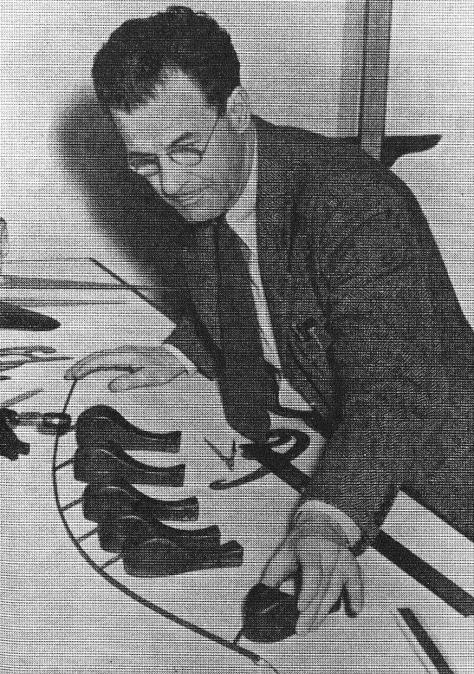
Everybody finally agreed that the Davis design was not a bad choice at all. The engineers caught the spirit of things and said: why not use it for the wing of the Corrigedor that we are building now? So they did and although the big boat looked according to some like a ‘pregnant guppy’ it flew like a lark (see my previous blog on this subject).
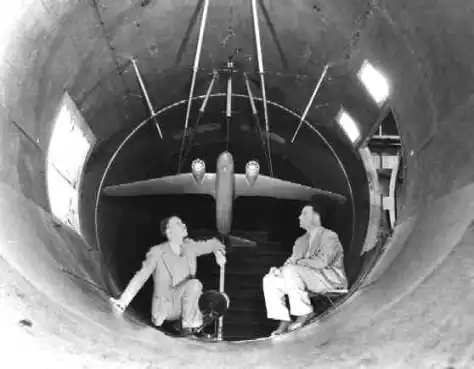
Meanwhile, Major Fleet communicated with his network at the Air Corps and he got the approval to build a prototype heavy bomber with the new wing. The wing was amazingly slender and prolonged long distance flying by some 10% and saved fuel on regular runs to an equal amount.
The prototype was designed and built in nine months and flew one day before the contract stipulated, on December 29, 1939.
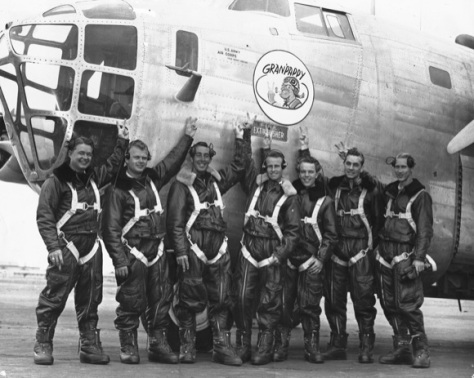
The B-24 Liberator and its many variants turned out to be a big success for Consolidated Aircraft and for David R. Davis. According to Wiki a total of 18,500 were constructed. Their war record in Europe and in the Pacific theater was most impressive.
David Davis received his royalties, but his name was never mentioned, not by Galcit, not by academia in general, except for Dr. Vincenti, who wrote the very well researched definitive account on which this blog is based.
NACA did not waste time in developing its own competing wing profile that was used in the North American P-51 long distance fighter.
Sources of Illustrations:
in text:
http://sandiegoairandspace.org/exhibits/online-exhibit-page/consolidated-convair-online-exhibit
https://www.nationalaviation.org/our-enshrinees/fleet-reuben/
Galcit:
http://windtunnel.caltech.edu/tenfoot/index.htm
I must now finish my private history of the Davis wing before my memory gives out completely.
Tantalizing about this wing was the fact that before the year 2000 so little was published about its remarkable airfoil (wing cross section) in the official annals of American aviation history. How was its form discovered? Who was Mr. Davis? What was so special about it?
In the Creed book of 1985 about the Consolidated Catalina [1] that I refer to elsewhere on my site, the wing was briefly mentioned in one paragraph as being used on a special 1939 Consolidated flying boat (the Model 31 Corrigedor) and on the upcoming B-24 Liberator bomber. But how did this revolutionary design pop up in the practice of airplane design of that period? Why was everybody, including NACA, so silent about it? Why was there no readily available publication? Why did Mr. Davis not get offered a professorship at Caltech?
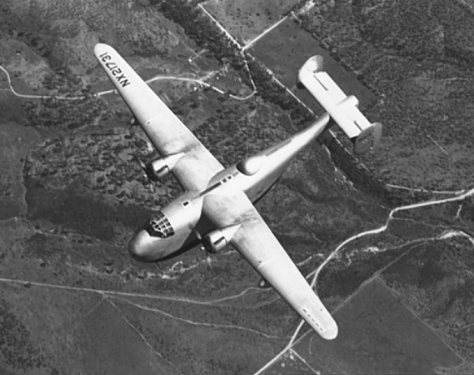
At that time (around the year 2000) the computer center of the Public Library in Arnhem (The Netherlands), where I spent many of my spare hours, started to provide service with a new program called Google, with which the uninitiated could search the Wide World Web to his or hers heart’s content. So, deciding a wild try on my own, I typed in “Davis wing design” and to my surprise I received 0,314 seconds later a list of suggested reading, with on top the title of a book:
“Walter C. Vincenti: “What Engineers Know and How They Know It”.
Analytical Studies from Aeronautical History – John Hopkins Studies in the History of Technology. – The John Hopkins University Press (1990, 325 p.)
And lo and behold, when I looked more closely, the book contained a second chapter with the title:
“Design and the Growth of Knowledge: The Davis Wing and the Problem of Airfoil Design”
To me this was astounding: Google had not just found a character-by-character match with my search argument, but had found this match within a book with a non-corresponding title! From that day on my admiration for Google (and its many amazing products) has only increased.
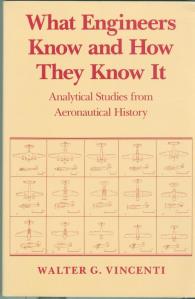
A short time later I managed to obtain the very book, second hand, via the Crawford & Peters book store in San Diego that my Canadian friend John Gallipeau had located for me and within weeks I was reading chapter 2, page 22 to 33.
The author, Walter Vincenti, is an aeronautical engineer but talks the philosopher’s lingo, using words like ‘epistemology’ and ‘presumptive anomaly’. I for me would have liked a more straight account and maybe some attention to the creativity and the personal flair of the engineers-in-charge at the early stages of the design process, but the story of how the Davis wing came to be used in the Second World War with 18,450(!) B-24 Liberator bombers and transport planes is all there.
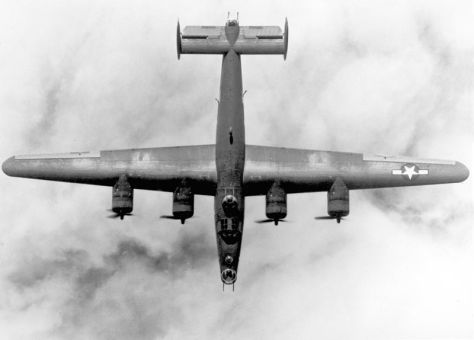
In one of my earlier blogs on this subject I have assumed that the Davis wing would have been thin in order to be suitable for high speeds. I now read in Vincenti: “….‘to reduce drag, the pressure in the airflow on top of the wing should decrease as gradually as possible and should reach a minimum as far to the back of the wing as possible.’
This meant that Davis was in fact constructing an airfoil with a very slowly changing curvature at the leading edge, resulting in a profile with a very thick center: a so-called laminar flow profile. In his patent he gave a formula for the exact shape of the section, based on the shape of a cycloid, that is the path that a point on your tire tread describes in space as your car travels down the road. Davis would not explain how he derived the formula, indeed certain coefficients were in doubt until the very end.
Dr. Vincenti explains that David Davis had been searching for a wing design which presented relative low air friction (drag) at high cruising speed. At cruising speed the engines would be kept at a low power setting in order to save on gas consumption. The total drag of the airplane needed therefore to be low. This meant that the wing, while delivering sufficient lift, should present minimum drag.
The drag of a wing in flight has two parts: the induced drag that is generated by the lifting action of the wing as it moves through the air and the profile drag which is the resistance force that is felt by any frontal surface that is facing an air stream. I had thought previously that the wing had to be thin in order to have a low profile drag, but Davis reasoned differently. He argued that a teardrop shape gives mimimal profile drag: a shape with a relatively blunt nose, a curvature getting thickest toward the middle of the wing and then relatively straight flanks toward the pointed trailing edge. It resembles in fact the elongated tear drop shape of a zeppelin.
In addition, a wing cross-section shaped like this has an important advantage to the structural designer: it can accommodate two hefty front and rear wing spars that are needed to carry a wing with a large span. The larger the span, the lower the induced drag will be, but the higher the bending moments at the root of the wing , so the wing will need a strong internal supporting structure.
A deep wing would provide a nice roomy central space between the spars to house the fuel tanks and the retracted wheels of the airplane.
TO BE CONTINUED
[1] Roscoe Creed in “PBY The Catalina Flying Boat”; Naval Institute Press, Annapolis, 1985